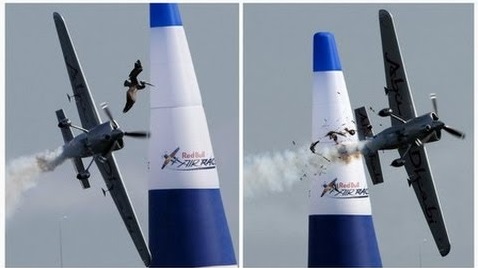MATHEWS — Bill Crowe talks energetically about physical science and flight, in spite of the fact that he concedes that numerous individuals don’t comprehend the dialect.
“It’s OK,” he said. “The individuals that need to comprehend it will comprehend it.”
The bookshelves in the workplace of his waterfront home in Mathews County are lined with motivation from books about Einstein and Mars to pictures of space travelers and a model of a space shuttle.

Crowe, 72, put in around 30 years as a pilot with TWA. He has used about that same measure of time creating an idea he accepts could change flight, both on earth and in space.
Also everything focuses on a saucer-molded vehicle.
“What this thought is, is an alternate approach to go into space,” Crowe said. “The thought, or idea, I accept is correct. Whether they can make a vehicle that way, I don’t know — yet I think they can.”
The idea
A long time back, Crowe started considering drive and radial compel in flight.
“I began perusing about it. I joined the National Space Society, got truly intrigued by material science, and I would bear this book ‘Comprehension Physics’ by Isaac Asimov,” Crowe clarified. “I would bring that with me on my flights. When I had room schedule-wise to murder I would read it and after that what I didn’t comprehend I would rehash and afterward rehash once more.”
He longed for making a more vitality proficient and ecologically cordial method for air and space travel. He imagined his vehicle supplanting cutting edge long-separate aerial transports and voyaging a large number of miles for every hour outside of the Earth’s environment.
“You could make a trip from Hawaii to New York in around two hours,” Crowe said.
He calls his idea a “divergent power enhancement vehicle.”
It would take after a substantial aerial shuttle within, Crow said. Travelers could even now move about as they do on flights today, yet the outside would be molded like a Frisbee — yes, a flying saucer.
Not at all like substantial aerial shuttles, Crowe’s vehicle would not require the push of air or the utilization of a lot of fuel, he asserts. It would have the capacity to fly in more slender air, speedier, up to around 150,000 feet over the Earth. A current plane must be inside around 40,000 feet of the surface, he clarified, or the environment is so thin it would be impossible help flight.
In any case his vehicle has “a few limitations,” Crowe said “You need to take off and go eastbound, at any rate at first, on the grounds that you exploit heading over the bend [of the Earth].”
He would not go into insight about how the vehicle would take off — he has a patent pending. In any case he did clarify that it would need to connect to an outer force source before lift off.
“This is not vitality that must be conveyed,” Crowe said.
He said the vehicle would quicken delicately for 10 to 15 prior minutes arriving at high speeds.
There is, obviously, one inquiry: Would a vehicle like this really work?
Forward considering
Tom Benson is a senior aeronautic designer at the NASA Glenn Research Center in Ohio and he said analysts have been considering this sort of rapid, vitality productive flight for quite a while. He said the greatest test most run into is getting it going.
“You need to get it moving to get it to begin working,” he said. “It turns into an issue. That is the reason there are not a great deal of these sort of vehicles flying around.”
Benson said he took a shot at the National Aerospace Plan in the early 1990s that investigated the idea of a runway to circle vehicle. He said then President Ronald Reagan specified the “Turn Express” in his 1986 State of the Union location, refering to his trusts for a high velocity, low-Earth orbital flying vehicle that could get travelers from the U.s. to Tokyo in two hours.
Despite the fact that he couldn’t remark particularly about Crowe’s thought, Benson said the space and avionics industry is constantly open to new plans and ideas.
“We would prefer not to debilitate individuals from realizing totally new possibilities,” he said.
As of late, NASA tried a saucer formed vehicle called a “Low-Density Supersonic Decelerator.” According to Benson, it is, no doubt concentrated on to conceivably arrive on Mars.
NASA’s saucer is really an inflatable segment of a space apparatus. Benson said it would be utilized like a titan parachute to help a heavier vehicle back off to arrive on Mars.
Benson said the U.s. Armed force even tried different things with saucer-molded airplane in the 1950s however ran into issues controlling the plane while traveling through the air.
Hopeful future
Crowe concedes he is far from creating the sort of vehicle he has imagined for quite a long time, yet he accepts it is advantageous to proceed with the interest.
“My thought is to demonstrate to the idea and proper methodologies to do it,” he said.
At that point, his best trust is that somebody in the airplane business will be intrigued by testing his whole hypothesis on a bigger scale.
Meanwhile, he is dealing with getting his authority patent, and has effectively gotten a temporary one.
“I know whether I can discover the perfect individual, they will get onto it and go,” he said.

